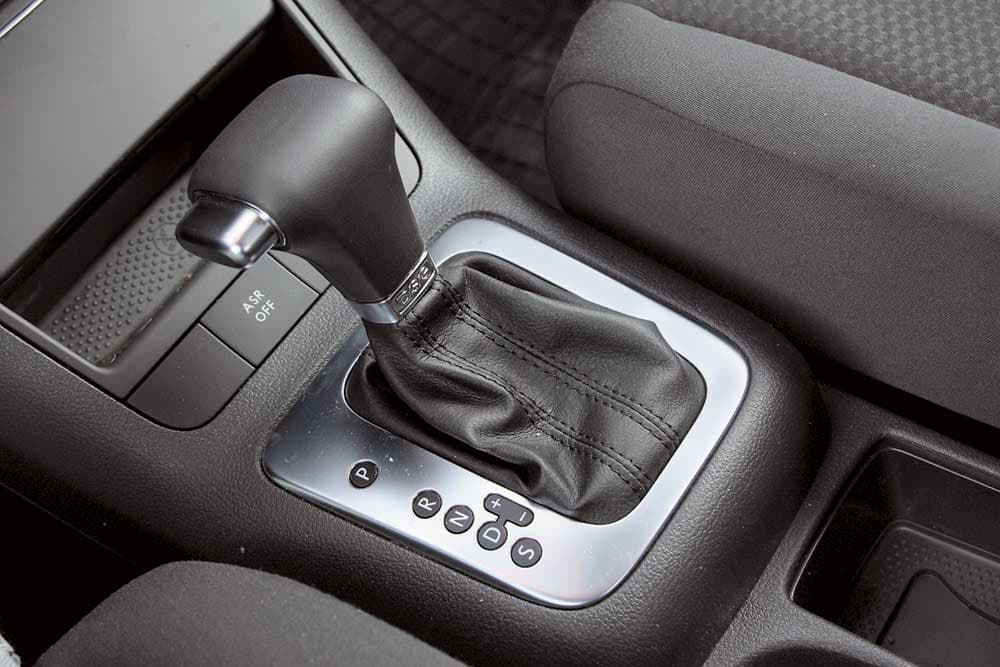Since the late 1980s, engineers around the world have sought to reduce the differences between automatic and manual transmissions. One of the serious and important results of this development is the robotic manual transmission, which today can be found in the cars of all leading automakers. It is interesting to see what advantages and disadvantages this gearbox has compared to a classic automatic transmission.
The main thing in the design of the robotic box is that it is mechanical in principle, but it does not have a clutch pedal. Unlike an automatic transmission that has a torque converter, the design of a robotic «mechanics» is much simpler, therefore it is cheaper and cheaper to produce expensive models.
The initial introduction of these boxes to the market was not easy — most of them, especially in more dynamic driving, did not provide sufficient shifting smoothness, annoying drivers with jerks and slowing down gear changes. It was also not possible to achieve high reliability.
To improve their smooth operation, Volkswagen (www.vwmanual.ru/en) in the mid-2000s introduced the so-called “preselective robot” with two clutches — DSG into its models. In this box, the even and odd gears are located on separate shafts, each with its own clutch.
The new option, although more expensive to manufacture, offered faster operation than the first versions of robotic transmissions, and even provided higher acceleration dynamics than with a manual transmission. All leading automakers followed the example of the German automaker No. 1 and offered similar boxes, where their own production, where they were ordered from leading manufacturers such as the famous ZF. And here, initially, there were problems with the reliability of work, but compared to previous robotic boxes, the smoothness of operation and the switching speed have increased significantly.
Confirmation of this superiority is the fact that brands have already abandoned the old type of robotic gearboxes based on the classic manual gearbox and this transmission is becoming history. In addition to the speed of work, modern robotic gearboxes are superior in terms of economy — they offer fuel consumption at the level of a classic manual transmission.
At first glance, with the advent of DSG boxes, the future of classic automatic torque converters seemed predetermined. But the «old guard» of automation is in no hurry to give up.
The development of the classic automatic transmission does not stand still, most modern classic automatic transmissions now have at least six gears instead of the old 3rd and 4th gears and offer «manual» gear shifting. And even more than that — manufacturers are actively increasing the number of gears in a classic machine in order to achieve greater efficiency. Eight- and nine-speed automatics are already found in expensive cars, and some, such as the Ford brand (www.fordbook.ru/en), for example, are brandishing proposals for a 10-speed automatic transmission.
Most robotic gearboxes have a torque limit and are not suitable for working with powerful engines. Exceptions and uniqueness cost fabulous money, and the owner of such a machine is clearly not very worried about the life of the box.
Robotic gearboxes are not equipped with real off-road vehicles, since severe off-road conditions, prolonged skidding and twitching due to a sharp change in four-wheel traction on the road adversely affect their service life. Such operating conditions are not recommended for classical automation.
So, robotic box or automatic? The difference between them decreases every year. If robotic boxes keep the pace of development and improvement, if their reliability and durability increase in difficult conditions, then classical automation will have to seriously retreat from its positions.







Добавить комментарий